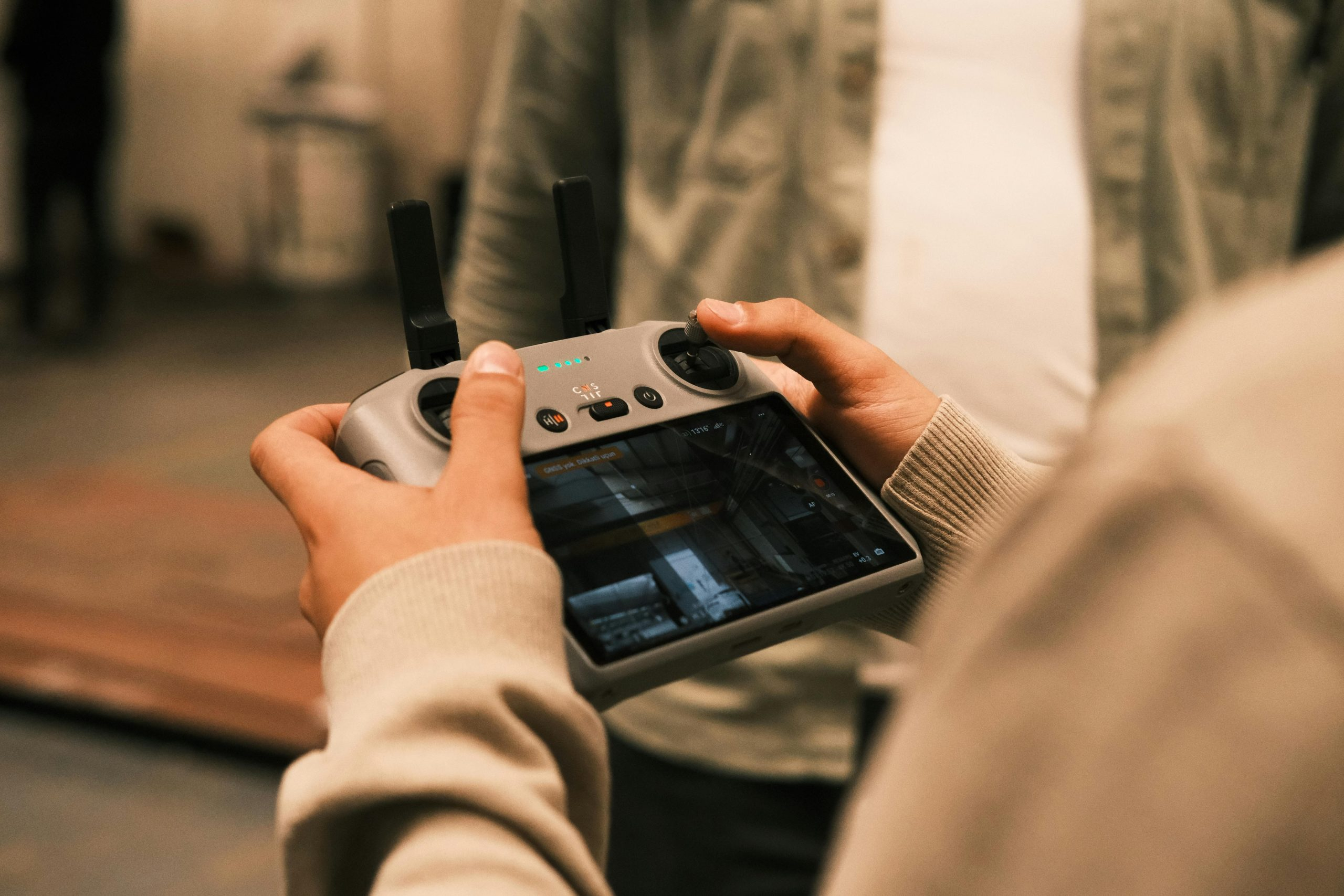Satellite IoT: Global Coverage for Remote Industrial Sensors
Satellite IoT, or Internet of Things, is becoming an increasingly popular technology in the industrial sector. With a network of connected devices and sensors, industries are able to gather real-time data and make more informed decisions. However, many industrial sectors require sensors to be spread across large and remote areas, making it challenging to find a reliable and cost-effective connectivity solution. This is where satellite IoT comes in, providing global coverage for remote industrial sensors. In this article, we will explore the capabilities and benefits of satellite IoT in the context of remote industrial sensor coverage.
What is Satellite IoT?
Satellite IoT refers to the use of satellite networks to connect devices and sensors to the internet. With this type of connectivity, data from remote areas can be transmitted to a central location, providing real-time information for industries to make critical decisions. Satellite IoT networks are particularly useful for industries in remote locations, where traditional terrestrial networks may not be available or reliable.
Global Coverage for Industrial Sensors
Challenges with Traditional Networks
In many industries, sensors are crucial for monitoring and controlling equipment and processes. However, traditional networks such as cellular or Wi-Fi may not be available or reliable in remote areas. This presents a challenge for industries that require real-time data from their sensors. In addition, the cost of setting up and maintaining terrestrial networks in remote areas can quickly add up, making it an impractical solution for many industrial sectors.
Benefits of Satellite IoT for Industrial Sensors
Satellite IoT offers a global coverage solution for industrial sensors in remote locations. With satellite networks, data can be transmitted from sensors in any location worldwide, providing real-time monitoring and control capabilities. This means that industries can deploy sensors in remote and challenging areas, without worrying about connectivity issues. In addition, satellite IoT is a cost-effective solution, as it eliminates the need for expensive infrastructure and ongoing maintenance costs.
Applications of Satellite IoT in Industrial Sensors
The use of satellite IoT for industrial sensors has a wide range of applications. Some examples include:
Oil and Gas Industry
The oil and gas industry relies heavily on sensors to monitor production, pipeline operations, and safety. With satellite IoT, sensors can be deployed in remote and offshore locations, providing real-time data for better decision-making and timely response to any issues.
Agriculture
Agricultural industries can also benefit from satellite IoT for sensor coverage in remote areas. Sensors can be used to monitor weather conditions, soil moisture, and crop growth, allowing farmers to optimize their operations and reduce risks.
Transportation and Logistics
The transportation and logistics sector can also leverage satellite IoT for real-time tracking and monitoring of vehicles, cargo, and equipment in remote areas. This can improve efficiency and safety, as well as provide valuable data for route optimization and predictive maintenance.
Conclusion
Satellite IoT is a game-changer for industries that require global coverage for their remote industrial sensors. With its reliable and cost-effective connectivity solution, satellite IoT is opening up new possibilities for real-time data monitoring and control in challenging environments. As technology continues to evolve, we can expect to see even more industries adopting satellite IoT for their sensor coverage needs.
In conclusion, satellite IoT is proving to be an excellent solution for industrial sectors that require global coverage for their remote sensors. With its reliable and cost-effective connectivity, industries can now deploy sensors in even the most remote locations, opening up new possibilities for efficient and data-driven operations.











